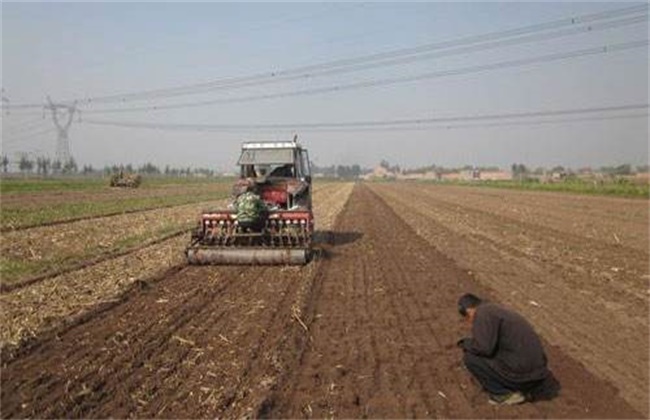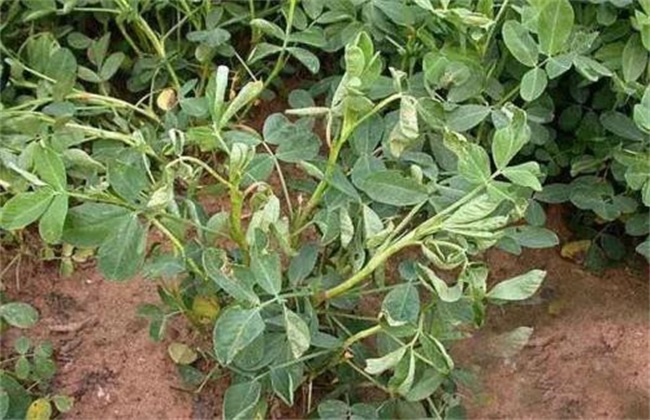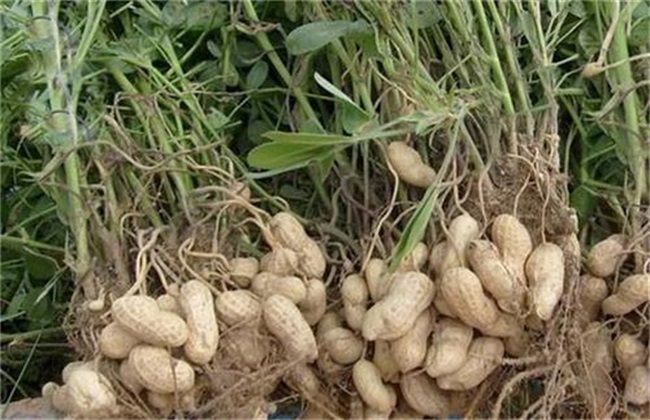Common misunderstandings in sowing winter wheat
Recently, we have entered the period of concentrated sowing of winter wheat, but if we do not pay attention to it, we may enter the misunderstanding of sowing winter wheat, which may affect the emergence of wheat seedlings and cause rotten seeds and dead trees. So what should we pay attention to in sowing winter wheat? Come and have a look with the editor.

1. Sowing prematurely
If the wheat is sown too early, the leaves are long and narrow and the tillers are insufficient after the seedlings are unearthed, and the young spikes of the main stem and part of the big tillers enter the two-edge stage before winter, and freezing injury will occur when the low temperature is below zero 10 degrees in winter. Therefore, when sowing in winter, it should be timely suppressed to inhibit the growth of the main stem and tillers, and can also be hoed in time after suppression, and if necessary, dwarf solution can be sprayed to control prosperity and resist freezing injury.
2. Sowing too late
The pre-winter growth period of winter wheat is already short. If sowing too late, it will lead to insufficient accumulated temperature, resulting in thin growth of wheat seedlings and fewer tillers. Therefore, farmers should mainly paddle hoe and supplement fertilizer and water, and apply nitrogen fertilizer in the wheat seedling three-leaf stage. For the wheat fields with poor soil moisture and fast water seepage, they should water the tillers in time after the three-leaf stage; while the plots with suitable soil moisture or poor soil viscosity and poor water permeability should not be watered before winter to avoid excessive growth of wheat seedlings.
3. Sowing is too shallow
The suitable sowing depth of wheat is about 3-5 cm. Too shallow sowing will lead to the creeping growth of wheat seedlings, bare tiller nodes, many and small tillers, easy to freeze and premature senescence. Therefore, farmers can suppress ICI before the emergence of wheat seedlings, combine with hoeing to cultivate the roots after emergence, and when necessary, they can use guest soil to cover or cover "masked dung" during the overwintering period, so as to prevent overwintering from freezing.
4. Sowing too deep
If the sowing depth of wheat is more than 5 cm, then the sowing is too deep, which will lead to the slow emergence of wheat seedlings, and because the nutrients consumed during emergence are larger, the leaves are slender, the tillers are less and small, and the secondary roots are less and weak. wheat seedlings are yellow and thin. At this time, it is necessary to pick the soil and clear the trees in time, start from the center of the border with a bamboo rake or iron rake, and cuddle along the ridge. When you reach the latter line, drag all the remaining soil to the back of the border.
The above is the introduction of common planting misunderstandings of winter wheat. I hope it can help you. If you want to know more about it, please follow us.
Related
- The first cup of black tea in spring, the flavor and history of tea gardens in Kenya, Africa
- The computer can not only choose potatoes, but also grow tea rice. AI will grow winter oolong tea champion.
- It is not only the inflated tea bitten by insects, but also engraved with the four seasons tea in Beipu.
- The Oriental Beauty Tea Festival in Zhuxian County takes the stage at the weekend to experience the plus-size feast of oil tea.
- & quot; Oriental Beauty Tea & Exploration of Emei in Hsinchu, the hometown of quot;
- The new variety of strawberry "Tainong 1" dessert is the first choice with mellow aroma. Crimson gorgeous
- History of Tea in Taiwan: from Wild Inner Mountain to Export Tea Garden
- Two types of Taiwan Oriental Beauty Black Tea won the British three-Star Award for Childhood Tea Xiang Zhang Jiaqi changed from pilot to champion tea maker.
- Banana species and varieties: the planting history of Taiwan Xianren banana and dwarf banana is long, is banana disease resistant?
- Coffee planting Technology: Qianjie Coffee from Seedling to harvesting



